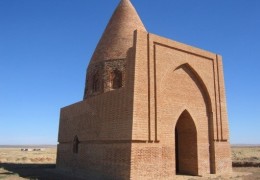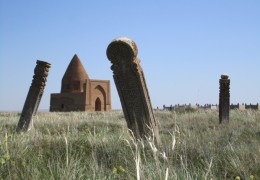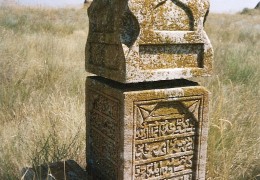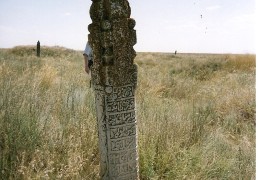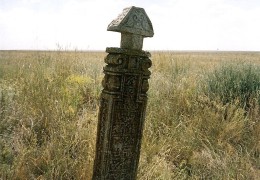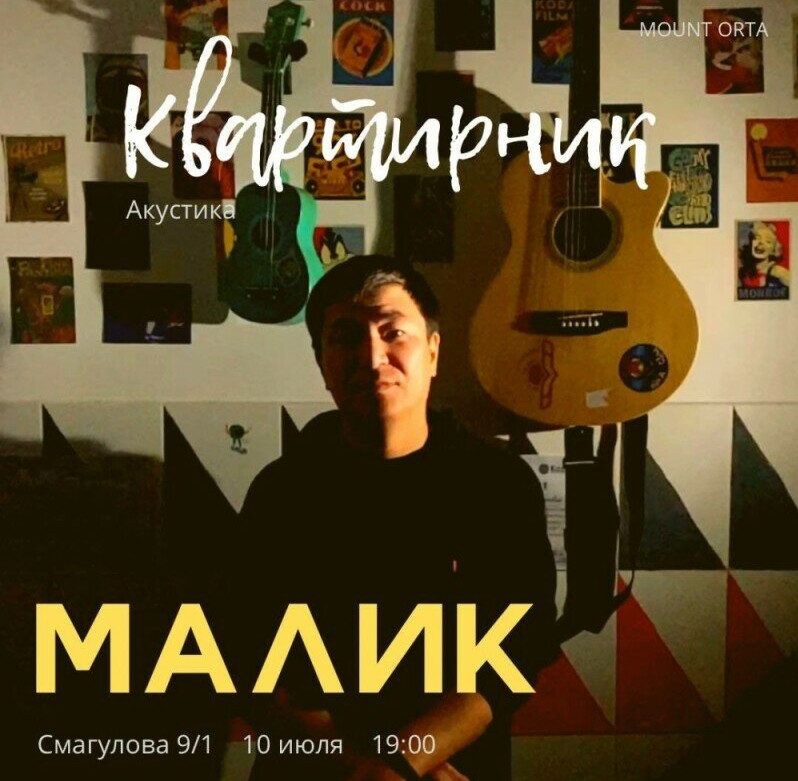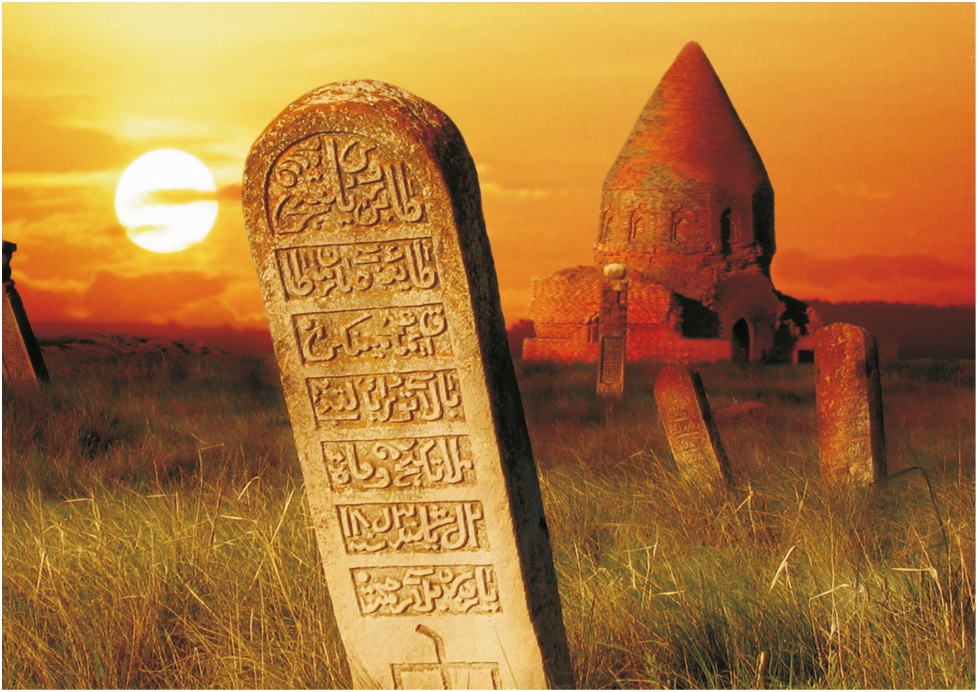
Abat-Baytak (kaz. Абат-Байтақ) is a necropolis of the XIV—early XX centuries, a funerary and cult complex, as well as a mausoleum on the territory of this necropolis, located 12 km south of the Taldysay village in Khobda district of the Aktobe region.
Several legends are connected with the origin of the name of the necropolis and the mausoleum. According to the most common of them, the son of the famous philosopher Asan Kaigi — Abat batyr, who defended his native lands from the raids of the kalmyks and was able to defeat the kalmyk khan in a fair fight, was buried here. After that, Abat was able to return part of the lands captured by the kalmyks, and the kalmyks no longer dared to attack the Kazakhs. The same legend says that after the death of the batyr, locals built a mausoleum on the site of his death in just three days. In this regard, the epithet "Baytak" ("nationwide") was added to the name.
Another legend, recorded in the XIX century, connects the mausoleum with the name of one of the Mongol generals — Baitak.
The necropolis consists of various memorial structures, differing in architectural, planning and artistic solutions. In the center of the necropolis is the mausoleum of Abat-Baytak measuring 9.52 × 9.8 m, consisting of two parts — an 11-sided drum and a conical dome. The main masonry array of the mausoleum is made of square burnt brick (24×24× 6 cm), in places (in particular, in the arches) rectangular brick masonry (24×12× 6 cm) is used. In the inner layers of the quadrangle, raw bricks of similar sizes are used.
-
Location: Kobda district
-
Координаты: 50.095348, 55.907836 -
3D-tour: Go

